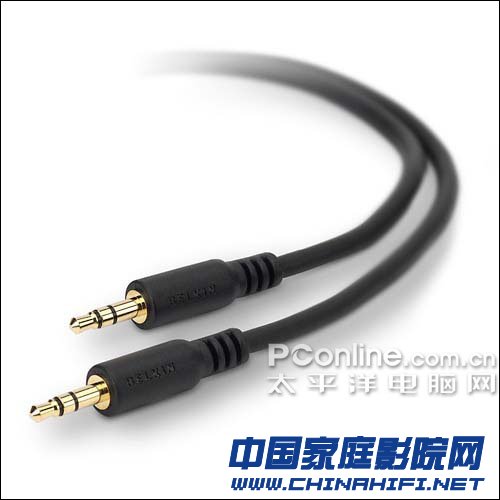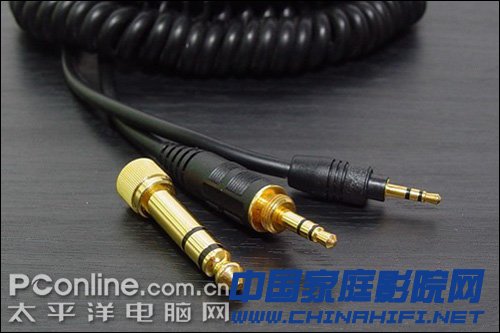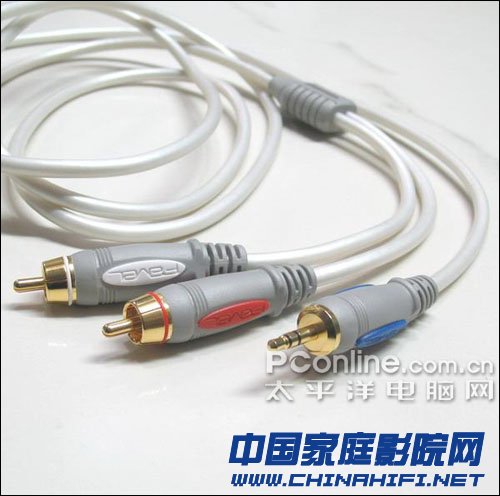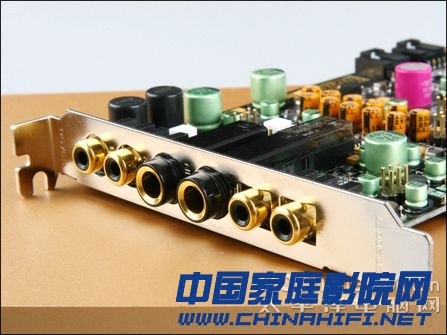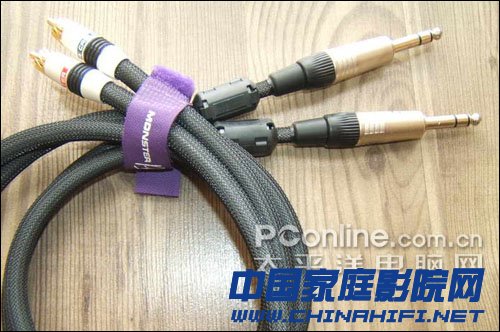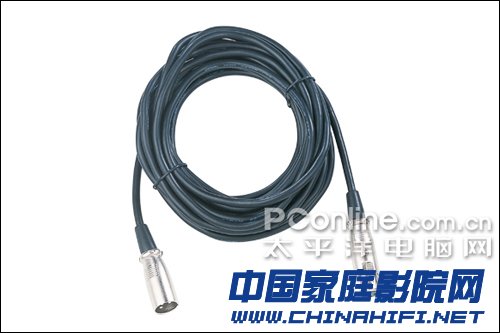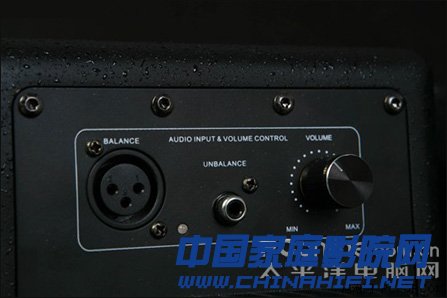Foreword: Playing the home theater in the audio section we always have to encounter a variety of interfaces, if you do not understand what will happen? I do not know how to use, do not know why not. This is not an alarmist, because some interfaces seem to be the same, but the implementation principle is completely different. Even if you know it, can you know what it is inside? Looks like a simple connector, how does it work? For example, the seemingly simple 3.5mm connector, why two channels of Dongdong, it has a share Three paragraphs? Don't worry, the author will answer questions for everyone. Almost all electrical interfaces are divided into two categories in the market: "male" and "female", and if you change the word, you may know more clearly, "male" corresponds to "joint", "mother" The head "corresponds to the "jack". OK, let's take a look at the most common types of headers. The most common analog interface - 3.5mm stereo interface (small three core interface): 3.5mm stereo connector The 3.5mm stereo interface is also called the small three-core interface. This is the most important sound card interface we have seen so far. Most consumer sound cards (including onboard sound cards) use this type of interface. 3.5mm stereo interface female port The 3.5mm interface provides stereo input and output functions, so in general, a 5.1 sound card (6-channel) or speaker is required, and three 3.5mm stereo interfaces are required to connect the analog speakers (3×2 channels=6). Channel); 7.1 sound card or speaker requires 4 3.5mm stereo interfaces (4 × 2 channels = 8 channels), and so on. In order to adapt to different equipment requirements, the same type of interface can currently see three sizes, 2.5mm, 3.5mm and 6.22mm joints. The 2.5mm connector is more common in portable and light-weight products of mobile phones, because the interface can be made very small; the 3.5mm interface is more common in PC products and household equipment, and is the most common type of interface; the 6.22mm connector is for Analog connectors designed to improve contact and durability are common on professional audio equipment such as monitors. Let's call the name of the small three-core interface. We see that this type of interface has two rings, which are plastic materials, which are obviously used for insulation. Then there are three wires corresponding to each other. According to the actual use needs, we can also see this kind of interface with 4 cores or even 5 cores, but the spacing between the conductive and insulating surfaces is certain. The 4-core 3.5mm interface that I contacted was seen on the Panasonic tape player. The extra line should be used to transmit the wire control signal. It can be seen that such an interface does not necessarily transmit analog signals. In addition, the number of cores can also be reduced. For example, a microphone product requires only two cores, and only one layer of the insulating layer is sufficient. Detailed analog audio interface: RCA/TRS/XLR interface RCA analog audio interface: The RCA connector is often referred to as the Lotus Head. The use of RCA cables to transmit analog signals is currently the most common audio connection. RCA to 3.5mm interface Each RCA cable is responsible for transmitting the audio signal of one channel, so stereo signals require a pair of cables. For multi-channel systems, the same number of cables are used depending on the actual number of channels. Stereo RCA audio interface, generally the right channel is marked in red, and the left channel is marked in blue or white. On some dual-channel dedicated sound cards, we can often see the RCA interface. The picture above is a sound card product of the proud king, using RCA analog output. Like the 3.5mm interface, such an interface can also transmit digital signals, which we will explain in the next application. TRS interface: The highest-order application of the analog connector is the balanced circuit transmission. We will describe its implementation in detail in the XLR interface. Like the unbalanced interface, the 1/4 TRS balanced interface provides balanced input/output. The meaning of TRS is Tip (signal), Ring (signal), and Sleeve (ground). They represent the three contact points of the interface (in fact, the same as the 6.22mm interface). In addition to the same advantages as the 6.22mm interface, the 1/4 TRS balanced interface has the characteristics of high wear resistance, high signal-to-noise ratio and strong anti-interference ability. For a true 1/4 TRS balanced interface, the cost will be more than twice that of unbalanced. Therefore, the equipment using the 1/4 TRS balanced interface is generally a high-end equipment, which can only be seen on professional cards of more than 2,000 yuan. XLR interface: XLR interface The XLR, commonly known as the card head, consists of a three-pin plug and a locking device. Thanks to the locking device, the XLR connection is quite secure. The XLR interface is usually seen on microphones, electric guitars, etc., but it is not necessarily a balanced interface, because the transmission implementation of the balanced interface is more complicated and the requirements on the circuit are higher. Let's take a look at how balanced analog transmissions are implemented. The basic principle of balancing analog audio transmission: The balanced analog signal transmission interface generally adopts a large three-core interface 6.22mm interface or XLR interface, which has the advantages of wear resistance, high reliability, and is suitable for repeated insertion and removal. Balanced analog audio connections are found primarily in advanced analog audio equipment or professional audio equipment. First of all, we have to make it clear that the balanced input and output are not equal to XLR or TRS, that is to say, products that use these two types of interfaces cannot directly assume that they are using balanced circuits.
Heavy Duty Connector, also known as HDC, is widely used in construction machinery, textile machinery, packaging and printing machinery, tobacco machinery, robots, rail transit, heat runner, electric power, automation and other equipment requiring electrical and signal connection. The international advanced features of Heavy Duty Connectors in structural design and material usage make the connectors outstanding in electrical performance.The reliability of the electrical connection system can not be achieved by the traditional connection method.
Cold Crimp Contact is the main contact of heavy duty connector, used for connect wire and pin to realize the electrical connection; cold Crimp Contact surface is gold plated and silver plated option for anti corrosive purpose.
Cold Crimp Contact,Crimp Contact Pin,Crimp Connector Housing,Heavy Duty Connector Crimp Suzhou WeBest Electronics Technology Co.Ltd , https://www.webestet.com